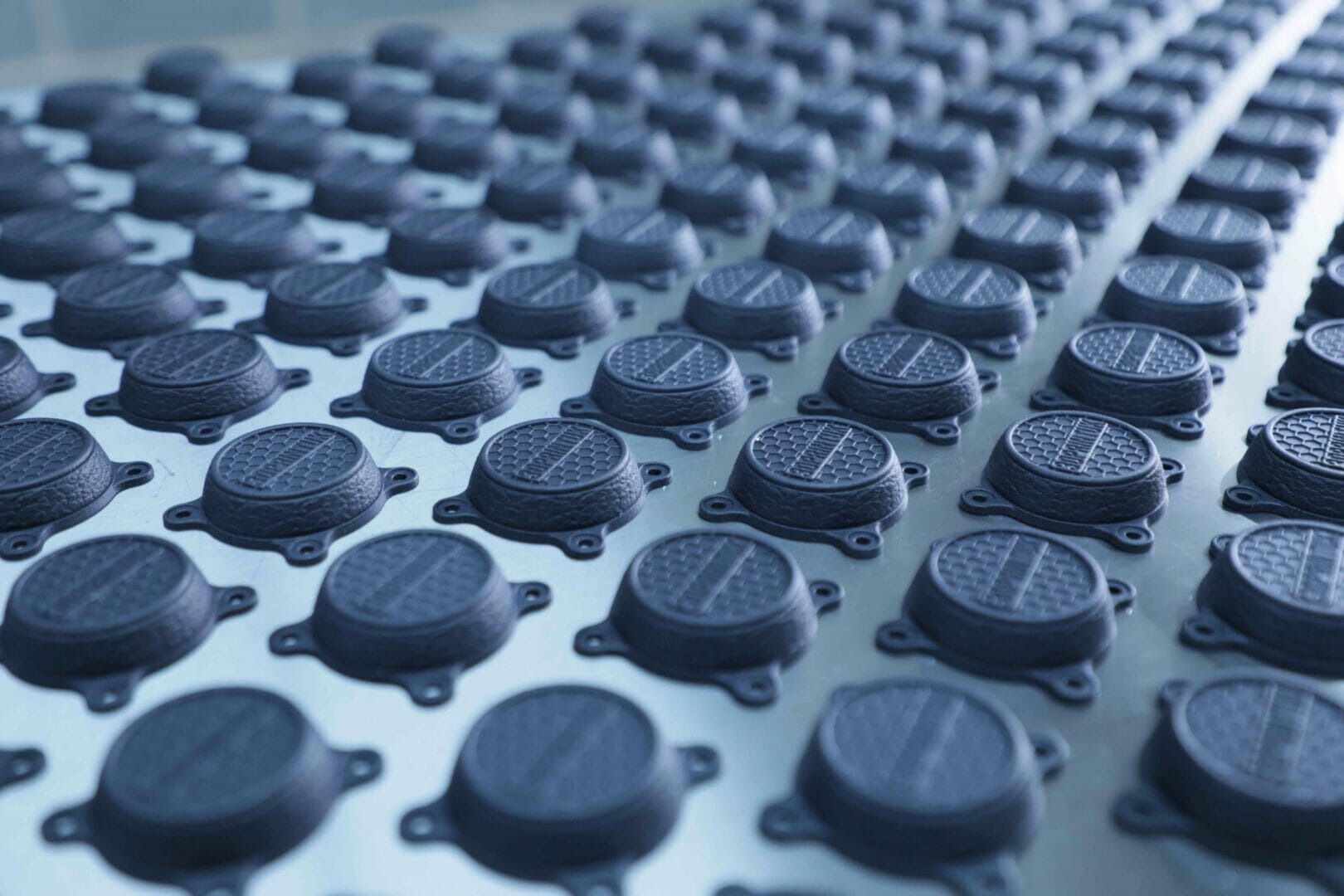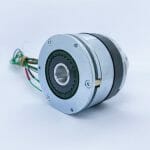THE DRIVERS BEHIND PROCESS CHANGE IN MANUFACTURING
Nick Allen, MD, 3DPRINTUK
For anyone that works in engineering or manufacturing, there has probably been at least one time (probably more) when they have come across a headline about 3D printing, or maybe even seen a specific application that everyone is making a fuss about, and the first reaction is, ‘So what? That is irrelevant to me.’
Let’s face it, the OEMs operating at the top of their respective supply chains tend to monopolise headlines with 3D printing for serial production applications. This tends to contribute to a pervasive assumption that industrial additive manufacturing (AM) technologies are some serious toys for the big boys, while desktop 3D printers can service product development activities across a broader spectrum of companies.
Is it time for a rethink? Almost certainly.
One of the key reasons for this article is to push back on this view somewhat, and consider the entire supply chain and how it can benefit from industrial 3D printing. The OEMs are vital of course, but it is also important to understand that the supply chains for most sectors comprise a wide range of small and medium sized enterprises (SMEs) that collectively employ 3-4 times the number of OEM personnel. It goes without saying, then, that these organisations — large, small and anywhere in between — are interdependent. For this reason alone (although there are others) AM should not just be considered the preserve of the larger companies, rather, consider how SMEs can embrace AM to establish and/or maintain a competitive advantage in an ever-evolving and more distributed economy. Some are, but most aren’t. Yet.
There is some evidence that the 3D printing / AM activities driven by OEMs do filter down through supply chains, but for SMEs, new technology/process adoption is not easy or straightforward. Today, awareness of 3D printing has increased significantly as more developments and advances are being made with the technologies, materials, and, most notably, the increasing number and type of applications. These advances, in combination, are driving the relevance of 3D printing for an increasing number of companies particularly with low volume production applications.
So, is it relevant for YOU?
Typically, SMEs struggle when it comes to embracing — let alone adopting — 3D printing to actually make a difference. This largely comes down to resources, or a lack thereof. The biggest resource requirement is, at least initially, time, but the financial implications of new technology adoption are significant too. A dedicated investment of both is definitely required.
A reliable industrial 3D printing service provider with significant experience can help bridge this gap to realize the relevance and the real benefits of the technology.
Essentially, there are three primary business drivers for incorporating 3D printing into an organisation. Simply put, these are:
- to save time (get to market faster)
- to reduce costs
- to improve performance (of products / parts).
There is now a wealth of documented evidence that supports the benefits of 3D printing for product development processes and faster prototyping cycles, and there are many, many case studies that illustrate the advantages of rapid prototyping for new product development.
At the concept development stage of any new product, designers understand the inherent value of holding a physical representation of their design in their hands. For consumer products, interacting with that product physically is essential and getting market feedback even more so. Similarly, with industrial products and components, the need to assess form, fit, and function is also vital. Early prototypes help designers to quickly and more easily identify issues with a design, and correct them. The more iterations of a prototype through physical interaction, the more successful the design, and, significantly, the design for manufacturability (DfM).
This is also true when re-designing existing products with the benefits of new technology and tools. Moreover, the re-design can be optimised in numerous ways, most notably consolidating the number of parts involved and reducing assemblies.
Prototyping was the original application of 3D printing technologies and remains the dominant application across most vertical sectors today. However, there are increasing numbers of manufacturing applications of the technologies that add value to industrial businesses.
One of the most under-rated applications of 3D printing remains the manufacture of customized jigs and fixtures for holding specific parts during production. The ability to design and print these items on-demand are dramatically improving existing manufacturing processes for many smaller manufacturing companies — saving them a lot of time and money. This is often overlooked, but can’t be over emphasised!

Figure 1. Custom 3D printed jigs with unique ID numbers and branding.
Another area where 3D printing often goes unnoticed is when it is integrated into existing manufacturing workflows to improve tooling and vacuum casting operations. Again, it speeds up the overall process compared with conventional techniques and can reduce costs significantly.
Which brings us to end use parts. The major gain in this respect is the elimination of the significant time and cost associated with tooling operations. This is why it is worth investigating the technology for your business to see if it is relevant to you. Identifying relevant applications is the key, also bearing in mind process type and the subsequent costs per part. This is where the homework comes in. You know your applications best — and you will have an existing status quo. The question is, is that enough? Or can you do more, better, and at reduced costs?

Figure 2. Parts usually made up of multiple tools can be 3D printed as end use parts in just one piece. Left – from Komodo Simulations, Right — from Rogue Product for emteq labs
If any or all of the points highlighted above resonate with your business goals, then the time really is now to investigate relevant applications of 3D printing and AM for your business while remaining open minded.
Start with a fact-finding mission. The operative word here being “fact.” It is possible, maybe even likely, that you will have preconceived ideas about 3D printing and AM: impressions gleaned from media headlines and stories and/or perceptions based on the positive or negative experience of others. Considering this technology set within your business context may challenge these notions — and indeed, they should.
The emphasis here should be driven by your business: identifying application(s) and determining if integrating 3D printing into your workflow brings commercial benefits that improve the bottom line of the business.
If you do arrive at the conclusion that AM can provide a valuable solution for your business there is then a further decision to be made. Do you outsource the capability or bring the technology in house? This needs to be addressed with the entire process in mind from concept generation / design (or redesign), through to the desired end result — whether for prototyping / tooling / manufacturing or production applications.

Figure 3. The machines are only the first step in building an in-house production facility. Would it be better to outsource?
There are myriad options for both routes and both will be constrained by budgets. There is also an argument to consider both concurrently. A major consideration in this respect is the volumes of product involved. Building a relationship with an external supplier, with the skillset required, can be of benefit and eliminates the capital investment of bringing the technology in house and the time and expense involved in hiring someone with the necessary skills or upskilling someone in your workforce.
However, professional development is no bad thing; enhancing the skillset of a current member of staff who can undertake AM in-house can also be a great incentive. There are now training providers (vendors and independent) as well as national bodies that can provide a framework for apprenticeships and other qualifications with AM.
For any company looking to engage with 3D printing within their business, the approach has to be holistic both in considering the business needs and how to integrate the technology. Working with a trusted and experienced 3D printing service provider can present the best possible solution in terms of achieving business goals without the headaches of new infrastructure.








